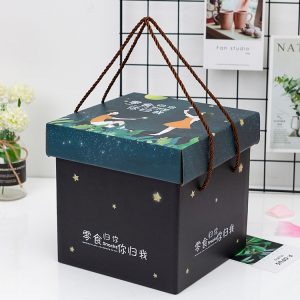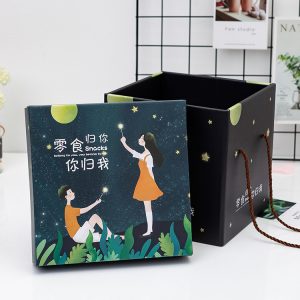“Less is more” is a central principle of minimalist food packaging, which focuses on using the bare essentials to package products, reducing waste, and creating a visually appealing and sustainable packaging design. Minimalist food packaging strives to convey simplicity and elegance while maintaining the integrity and safety of the packaged food. Here are some key aspects of minimalist food packaging:
- Simplicity in Design: Minimalist food packaging employs simple and clean designs, avoiding unnecessary clutter and excessive graphics. The goal is to communicate the essential information clearly and efficiently.
- Use of White Space: White space, or negative space, is deliberately left unmarked in minimalist packaging. This enhances the product’s visibility and emphasizes its simplicity.
- Focus on Product: Minimalist packaging highlights the product itself, allowing customers to see what they are purchasing easily. Transparent packaging or subtle window designs are often used to reveal the contents.
- Monochromatic or Limited Color Palette: Minimalist packaging often uses a limited color palette, with one or a few colors dominating the design. This reinforces the simplicity and elegance of the packaging.
- Environmentally Friendly Materials: Minimalist packaging often favors eco-friendly and sustainable materials, such as recycled paper, cardboard, or biodegradable plastics, aligning with the principle of reducing environmental impact.
- Reduced Text: Minimalist packaging keeps text to a minimum, focusing on essential product information like the name, ingredients, and nutritional facts.
- Functional and Reusable Packaging: Minimalist packaging can also emphasize functionality, ensuring the package is easy to open, close, and store. Reusable packaging options are also considered to reduce waste.
- Branding through Simplicity: Brands may choose to use a simple logo or a small, elegant graphic element to convey their identity subtly.
- Universal Symbols: Instead of excessive text, minimalist packaging may use universally understood symbols to communicate key information.
- Consistent Design Language: Brands maintain consistency in their packaging across various products, building recognition and reinforcing the brand’s identity.
- Easy Recyclability: Minimalist packaging often prioritizes easy recyclability by avoiding complex multi-material structures.
The benefits of minimalist food packaging include reduced material consumption, decreased waste generation, and enhanced shelf appeal. By adopting a “less is more” approach, food companies can contribute to a more sustainable packaging industry while offering consumers a visually pleasing and clutter-free shopping experience.








